Saltee Islands 2018
Having just returned from a very successful workshop in the eastern Pyrenees. I had a few days before heading to the Saltee islands. Great Saltee has, in recent years, become a favourite spot for photographers from the continent. During my workshops there over the years, I have met many photographers who have made long journeys to spend time among the masses of seabirds that breed on the islands each year.
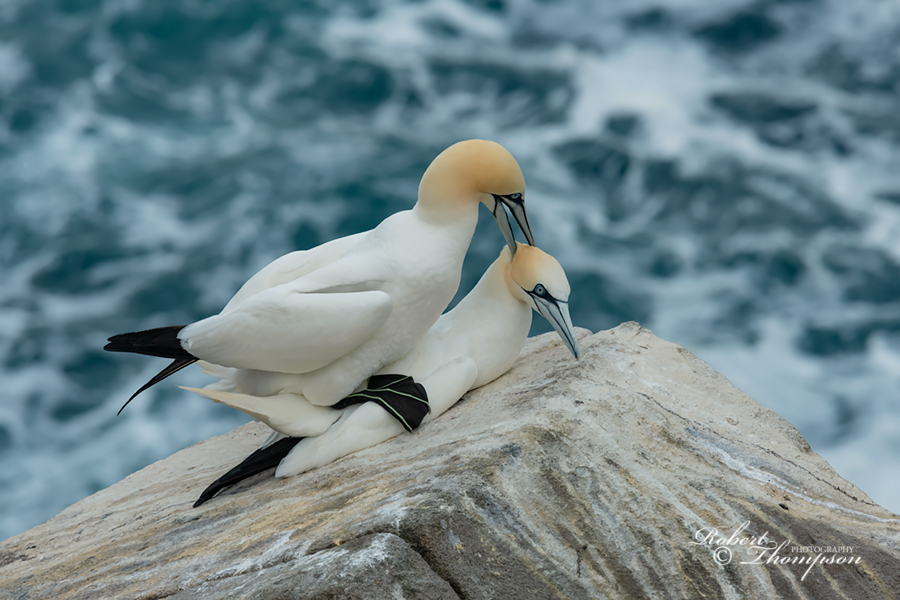
Gannet Morus bassanus
Nikon D850, 300mm f/4 E PF ED VR lens, 1/320 sec f/8, ISO 250.
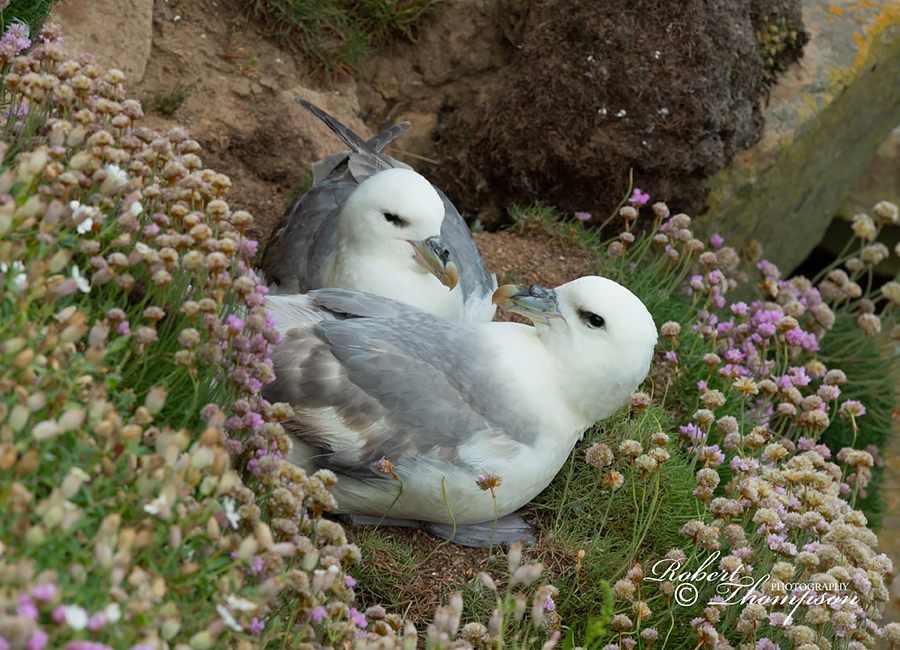
Fulmar Fulmarus glacialis
Nikon D850, 300mm f/4 E PF ED VR lens, 1/125 sec f/11, ISO 250.
Having had quite a settled period of weather for some weeks our journey down was indeed an extremely windy one with the threat that it might not be possible to get out let alone land on the island. However, the late afternoon saw a reduction in the strength of the wind and we were able to have an evening session on the island.
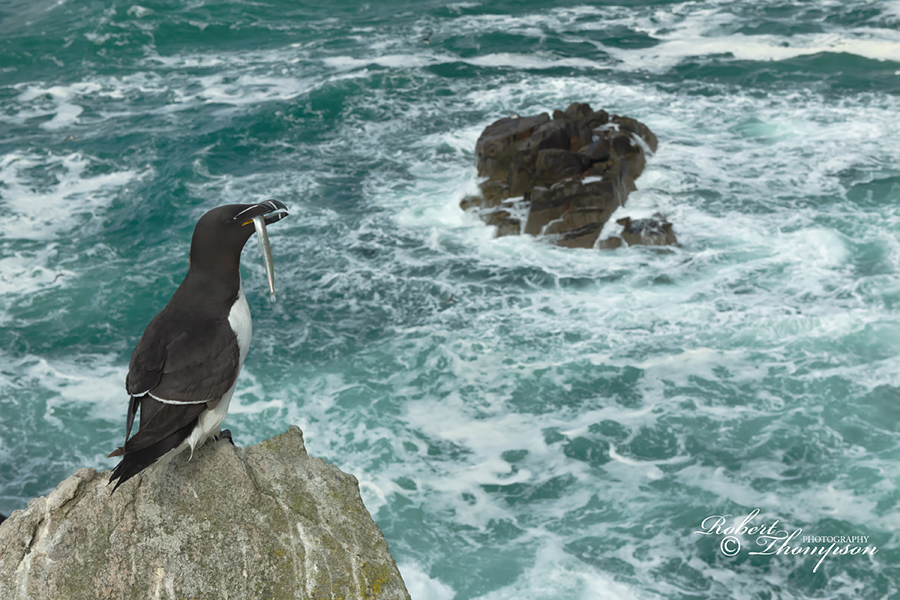
Razorbill Alca torda
Nikon D850, 24-70mm, 1/640 sec f/13, ISO 800.
Changes in the weather brought large numbers of puffins in to land to the delight of the group. Although unsettled conditions can often prove more challenging in terms of getting on and off the islands, they can often produce unusual conditions providing excellent opportunities for photos that would not usually be possible in more typical conditions.
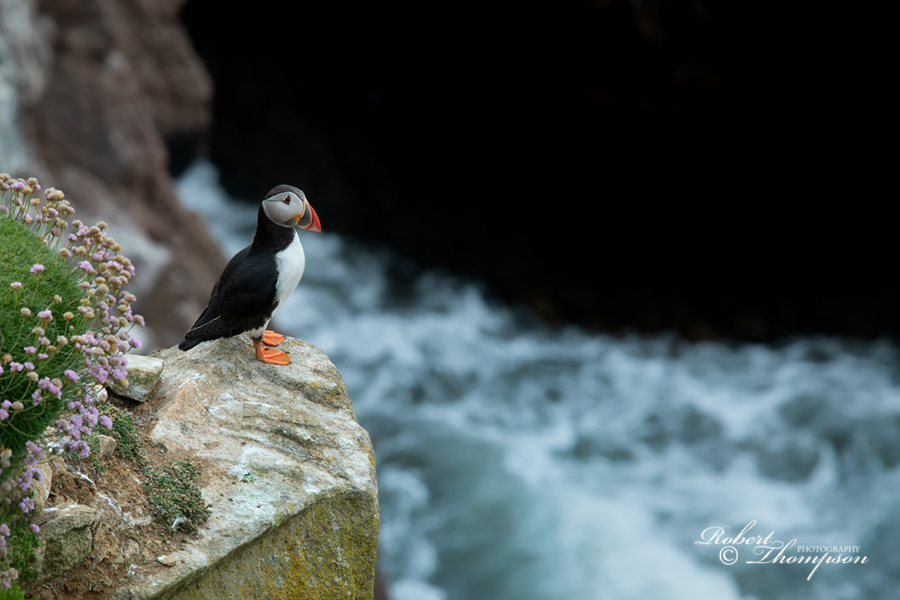
Atlantic Puffin Fratercula arctica
Nikon D850, 300mm f/4 E PF ED VR lens, 1/250 sec f11, ISO 250.
I was also testing Nikon’s latest 300mm f/4 E PF ED VR. It was a pleasant change carrying a lens so light compared to my usual 300mm 2.8. Many of the images on this trip were shot with this extremely light lens; an excellent choice if you are travelling abroad. I found the autofocus very responsive and it performed well on many tricky compositions delivering superb sharpness.
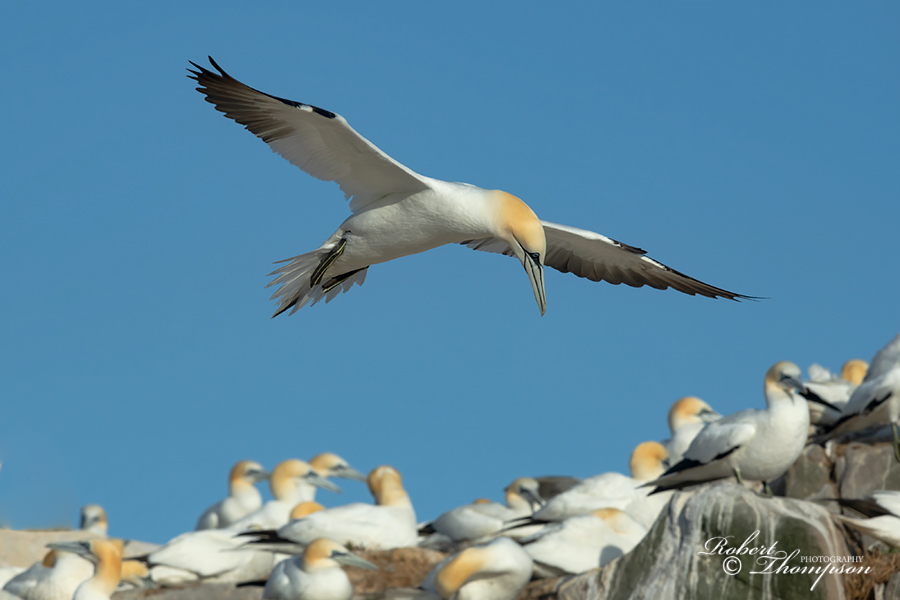
Gannet Morus bassanus
Nikon D850, 300mm f/4 E PF ED VR lens, 1/2000 sec f8, ISO 250.
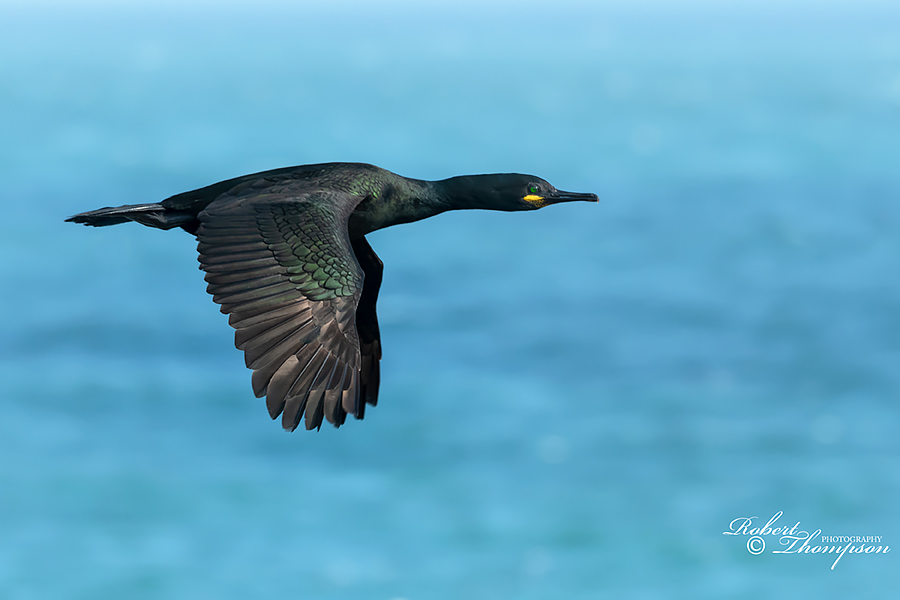
Shag Phalacrocorax aristotelis
Nikon D850, 300mm f/4 E PF ED VR lens, 1/800 sec f8, ISO 400.

Gannet Morus bassanus
Nikon D850, 300mm f/4 E PF ED VR lens, 1/640 sec f8, ISO 400.
Wind direction on the first evening was to our advantage and our time at the gannet colony was enjoyable and productive. There were many opportunities for flight shots. Some birds were still in the process of nesting building, and others were still sitting.
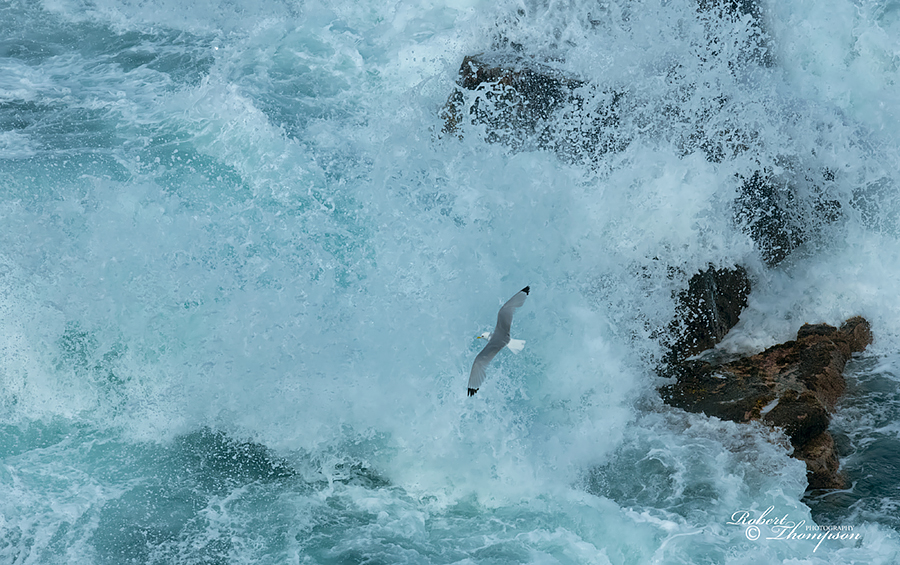
Kittiwake Rissa tridactyla
Nikon D850, 300mm f/4 E PF ED VR lens, 1/4000 sec f11, ISO 1250.
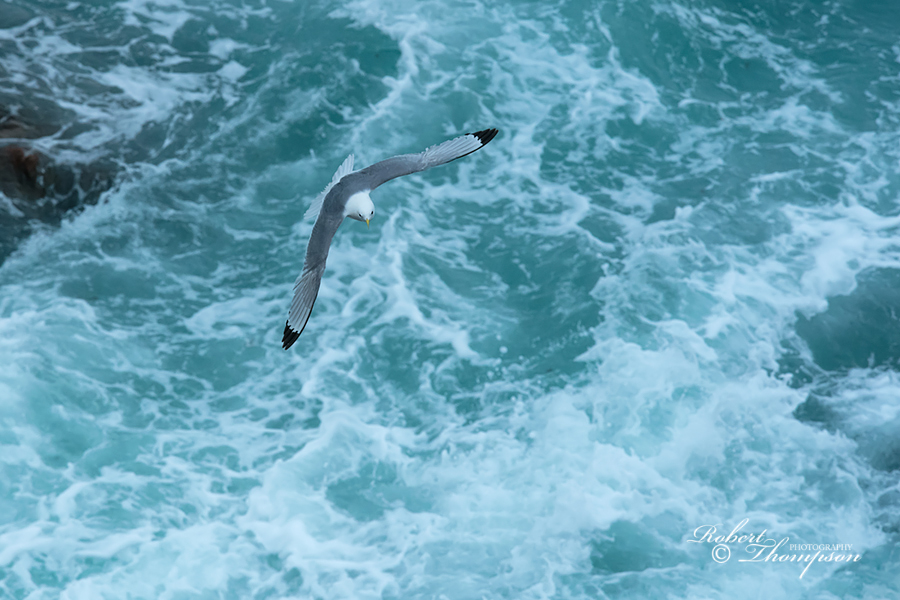
Kittiwake Rissa tridactyla
Nikon D850, 300mm f/4 E PF ED VR lens, 1/2500 sec f8, ISO 1250.
The evening session on the second day was ideal for flight shots of smaller birds. They are extremely fast fliers and a match for the best autofocus systems on any pro level camera and lens. The wind never really abated that much during our time there, but it did produce powerful swells that added an extra dimension to the images.
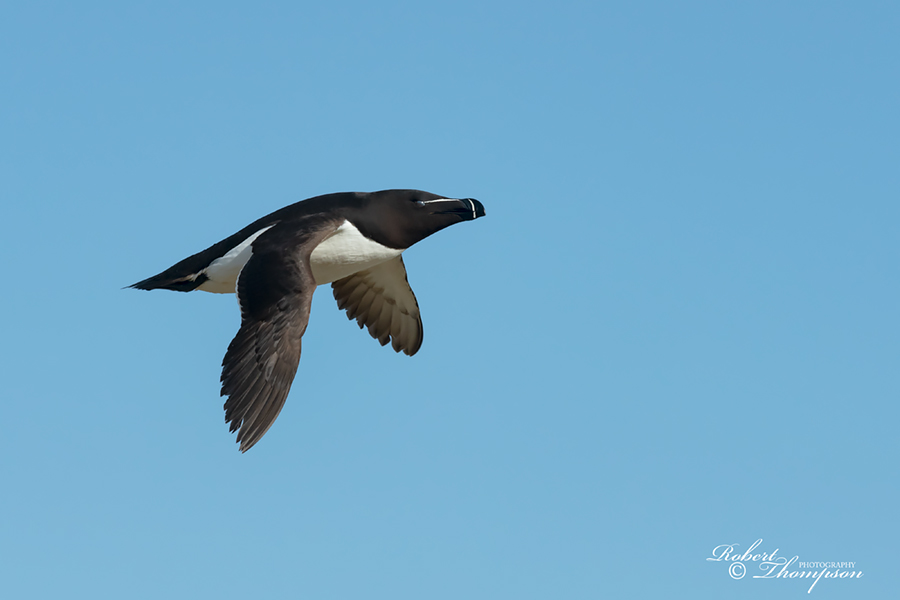
Razorbill Alca torda
Nikon D850, 300mm f/4 E PF ED VR lens, 1/2500 sec f8, ISO 400.
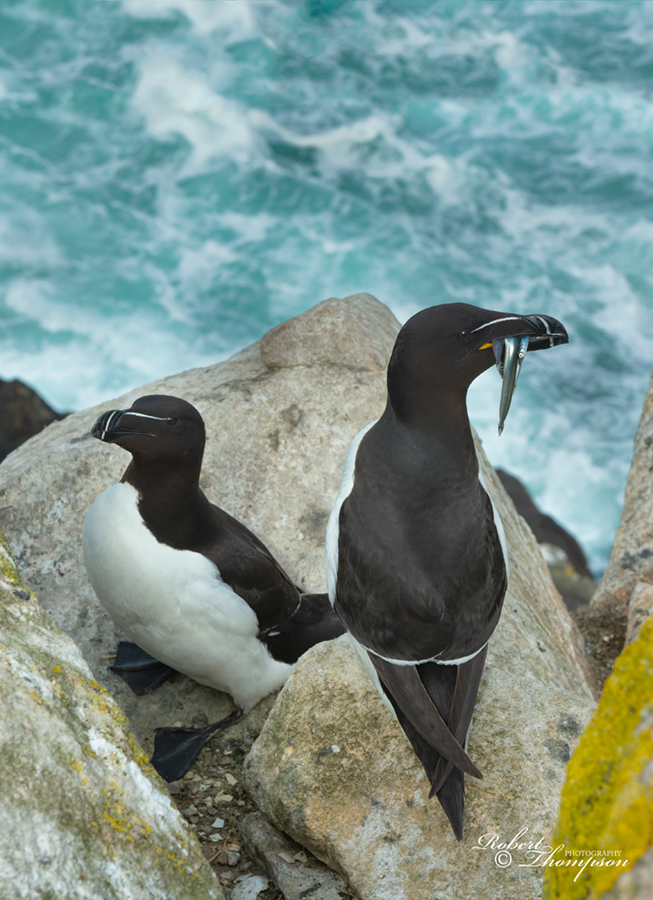
Razorbill Alca torda
Nikon D850, 105mm f/2.8 micro nikkor lens, 1/640 sec f11, ISO 400.
There were some youngsters about but not as many as usual. The 300mm was ideal in these situations allowing a good working distance between photographer and subject.
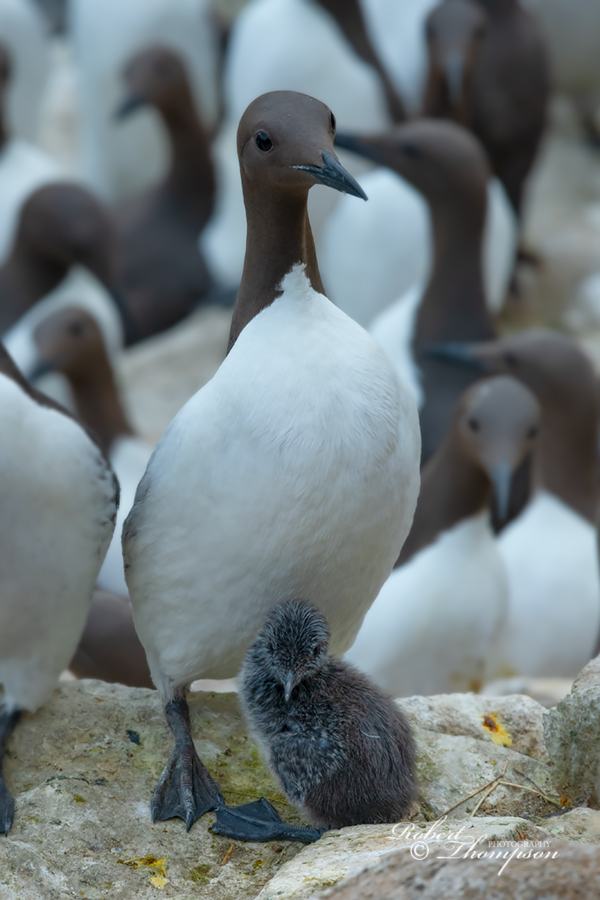
Guillemot Uria aalge
Nikon D850, 300mm f/4 E PF ED VR lens, 1/200 sec f/8, ISO 640.
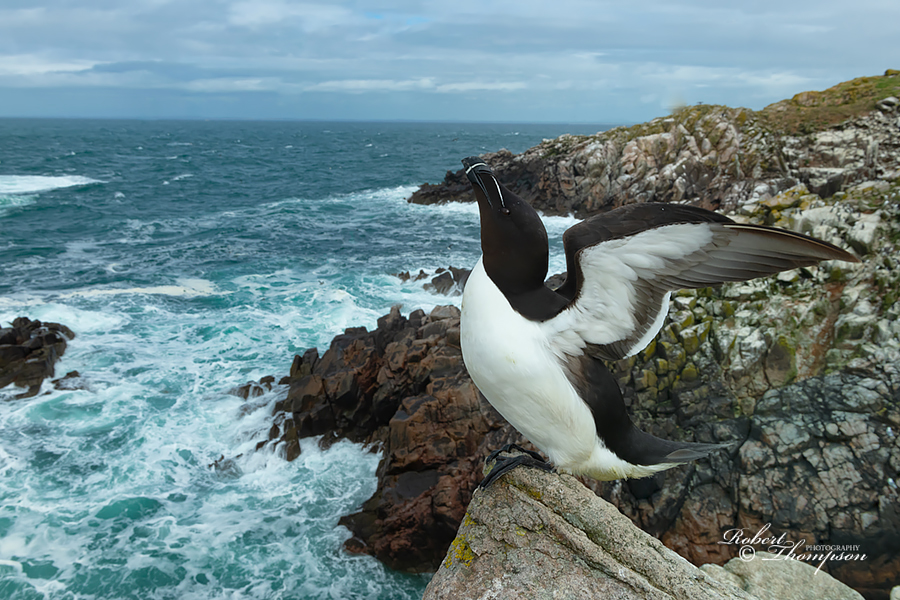
Razorbill Alca torda
Nikon D850, 24-70mm, f/2.8 lens, 1/400 sec f/11, ISO 400.
I wanted this time to place more emphasis on some in-situ shots instead of the conventional approach. I had a remote control with me this time and was also keen to do some experimenting with other lenses.

